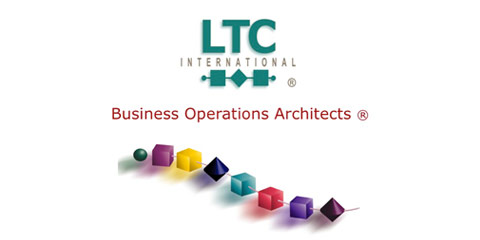|
|

article page
| 1
| 2
| 3
| 4
|
In June of 2008, the Next Generation Mobile Networks (NGMN) alliance confirmed its selection of LTE. Dr. Peter Meissner, Operating Officer of NGMN, announced that, “based on intensive and detailed technology evaluations, 3GPP LTE/SAE is the first technology which broadly meets its recommendations and is approved by its Board.” (Source: UMTS Forum, “HSPA + Delivers Smooth Transition to LTE, July, 2008) The NGMN is comprised of 18 mobile network operators, 29 vendor sponsors, and 3 University research institutes. Its operator members include: Alltel, AT&T, China Mobile, France Telecom, Royal KPN, MSV Mobile Satellite Ventures, NTT DoComo, Reliance Communications, SK Telecom, Telecom Italia, Telefonica, Telenor, TeliaSonera, Telstra, Telus, T-Mobile and Vodafone.
|
|
… the choice may now come down to a straight subscriber number fight between mobile operators. |
|

Portland on January 6th. Their expansion plans are awaiting confirmation at a board meeting expected this month. Pricing for the Clear service in Portland runs from $30 per month for 200 MB to $50 per month for unlimited data for wireless service and from $20 per month for 768 kbps uplink to $40 per month for up to 6 Mbps up for home service.
Sprint, Clearwire, Google, Intel, Comcast, and Time Warner have announced a pooling of 2.5 Ghz radio spectrum and financing of $3.2 billion to deploy their WiMax network.
|
|
|
|

Who’s Playing?
"We expect that LTE will actually be in service somewhere here in the U.S. probably this time next year," Verizon CTO Dick Lynch in December of 2008. The initial launch in late 2009 is expected to be small, with a substantial deployment in 2010. Pricing has not been released for the proposed service.
Sprint has opted for WiMax and launched it in Baltimore in late September. They have plans to expand to five more cities in early 2009. Their service brand is labeled “XHOM,” and is offering speeds of 3Mbps downlink and 2.4Mbsp uplink. At launch, mobile WiMAX service will cost $10 for a Day pass. If you want to opt for a monthly service at home, it will be $25 a month. For those who want maximum mobility, there is a $30 monthly On-the-go service. Special launch pricing includes a $50 “Pick 2 for Life” monthly service option covering two different WiMAX devices.
Clearwire have also opted for WiMax, and completed a spectrum deal with Sprint for a nationwide network. This will be marketed under the Clear brand. They launched in
|
|

The majority of operators outside of the USA who have decided to go beyond 3G have chosen to progress with LTE. TeliaSonera have recently placed an order with Huawei Technologies for the first LTE network planned for Europe, although this will be at 2.6Ghz, as there is limited spectrum available in the 700Mhz range.
Who’s Not?
AT&T has declared that they plan to milk HSDPA and HSPA+ for a few years before migrating to the speedier 4G technology. AT&T’s Hank Kafka, VP of Architecture, stated recently that HSPA had "plenty of runway left," and that serious LTE deployment was still three to five years off. AT&T boss Ralph de la Vega says AT&T already has 7.2Mbps HSDPA working in the labs. AT&T plans to transition to HSPA release 7 sometime in 2009, which will deliver even bigger speeds "exceeding 20 megabits per second," according to the executive. He said the upgrade will require few, if any, hardware modifications to the company's infrastructure and will instead be a smooth transition
article page
| 1 | 2 | 3
| 4 | |
|
|





